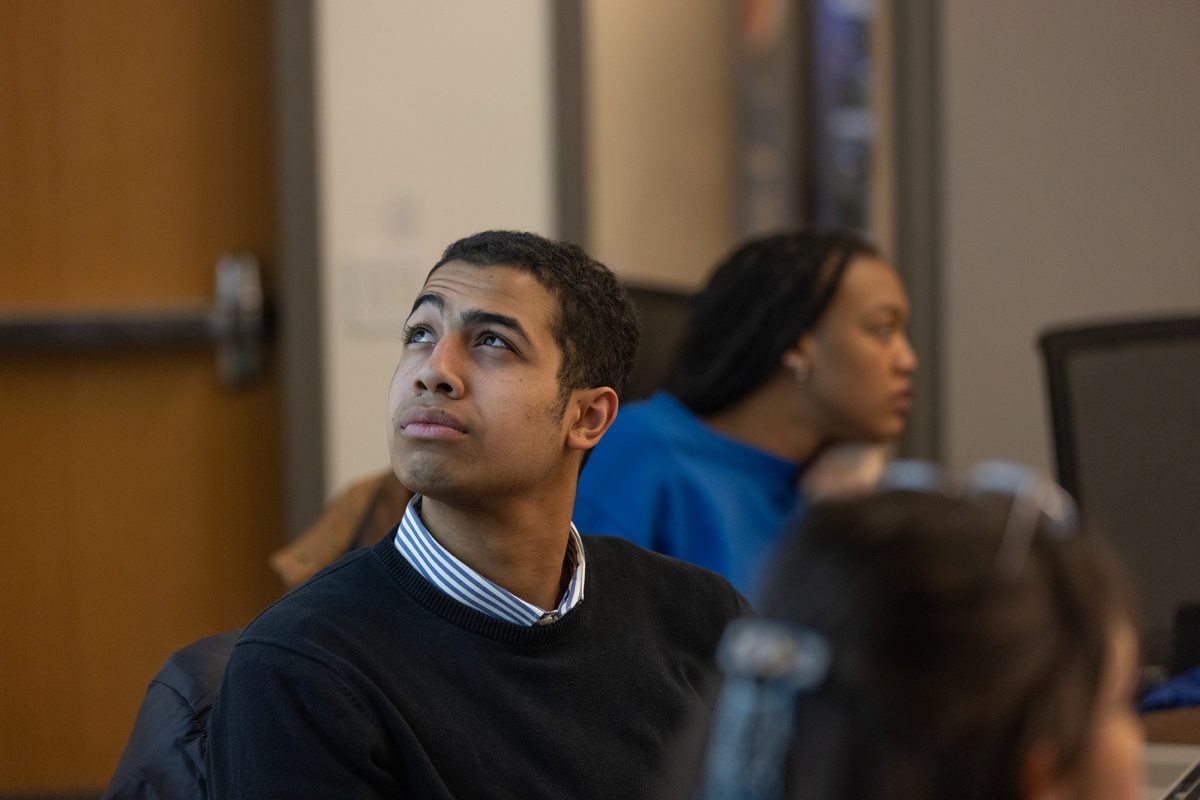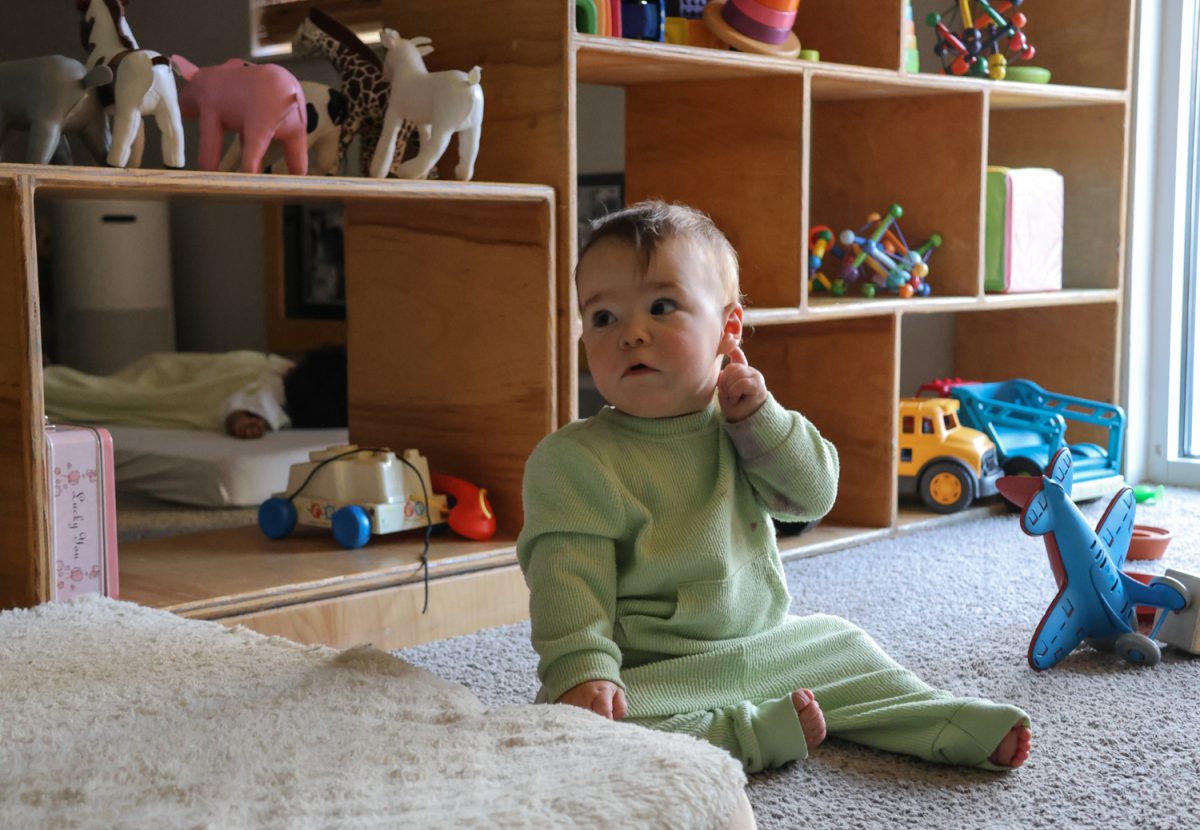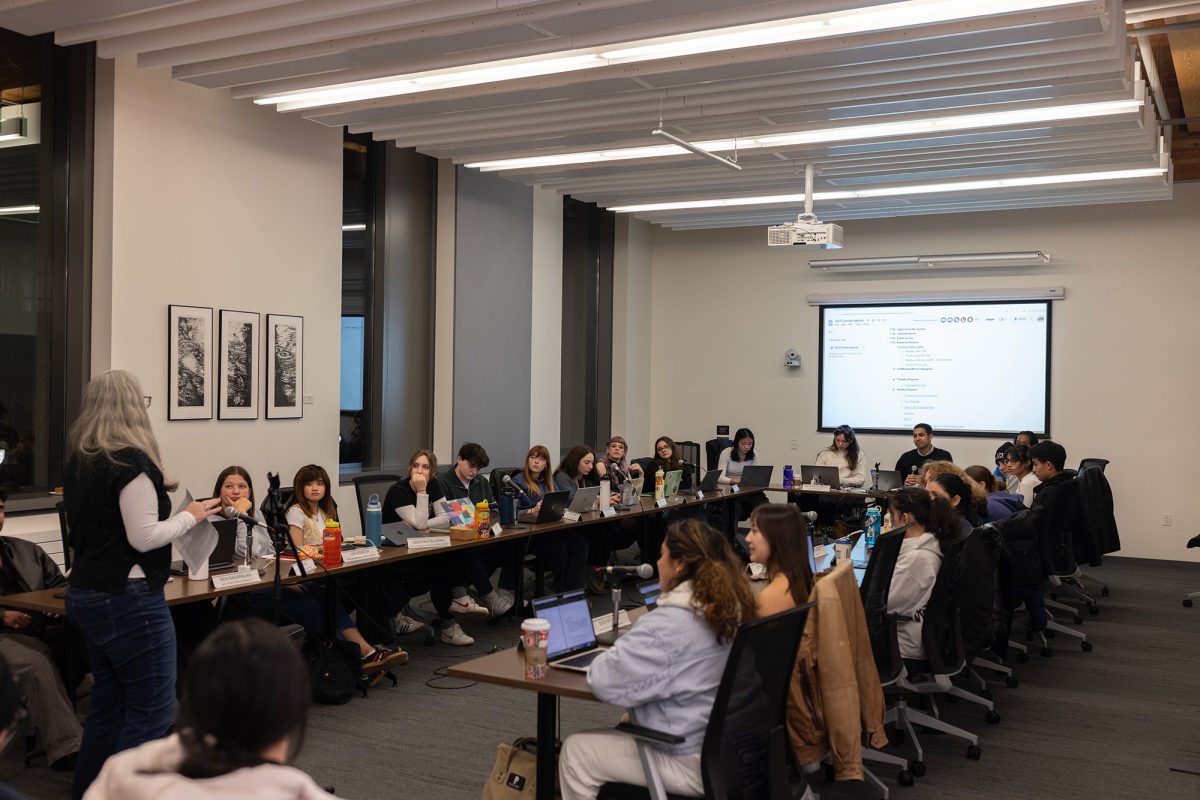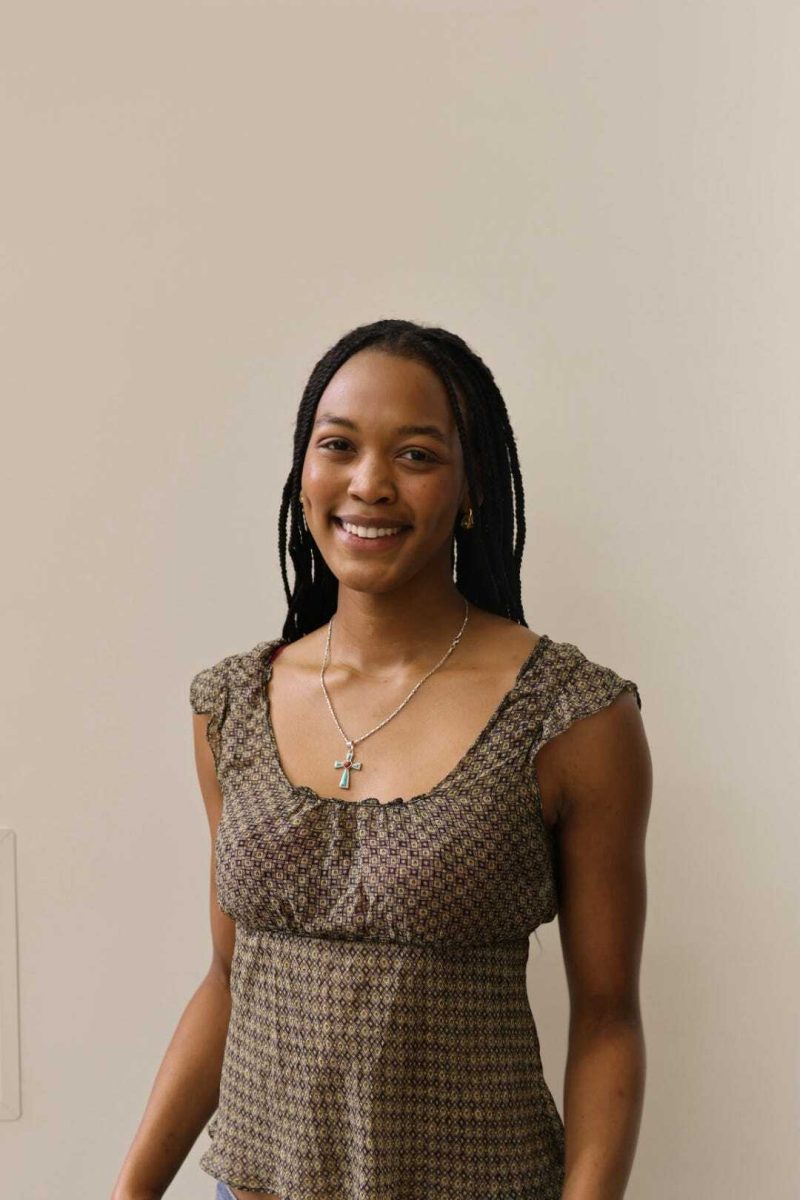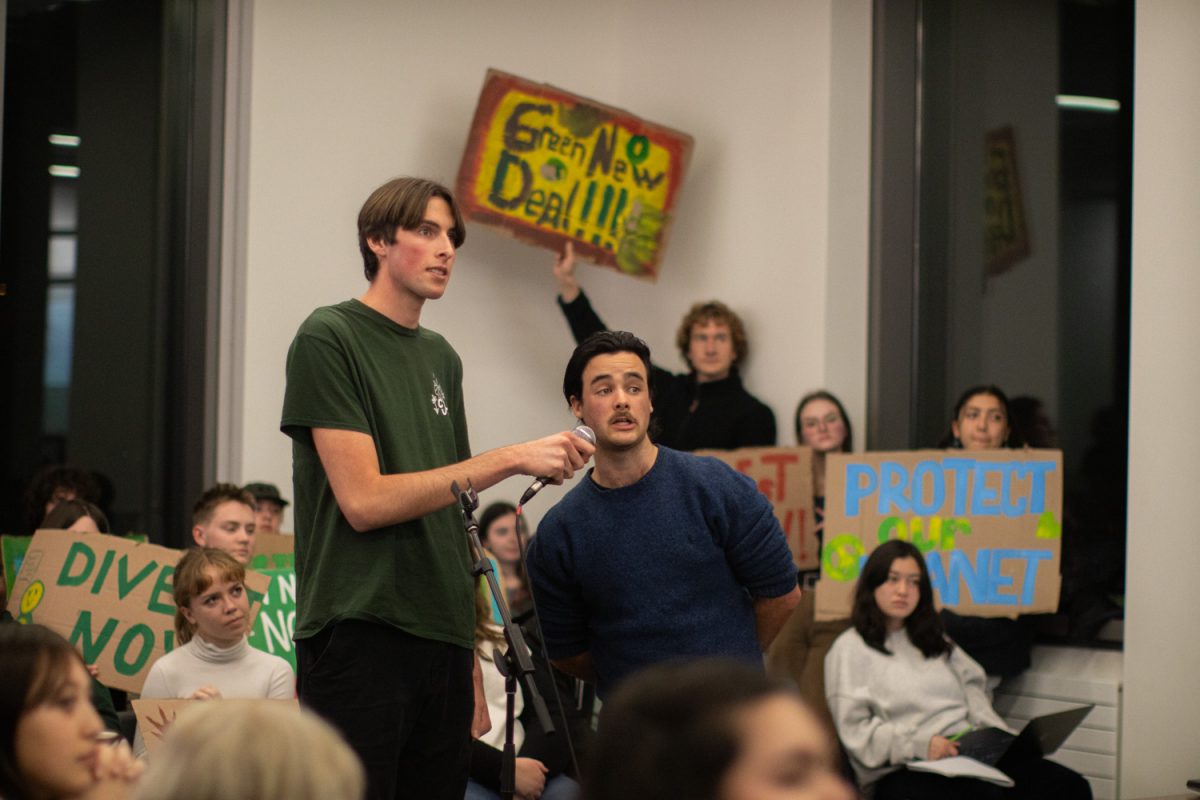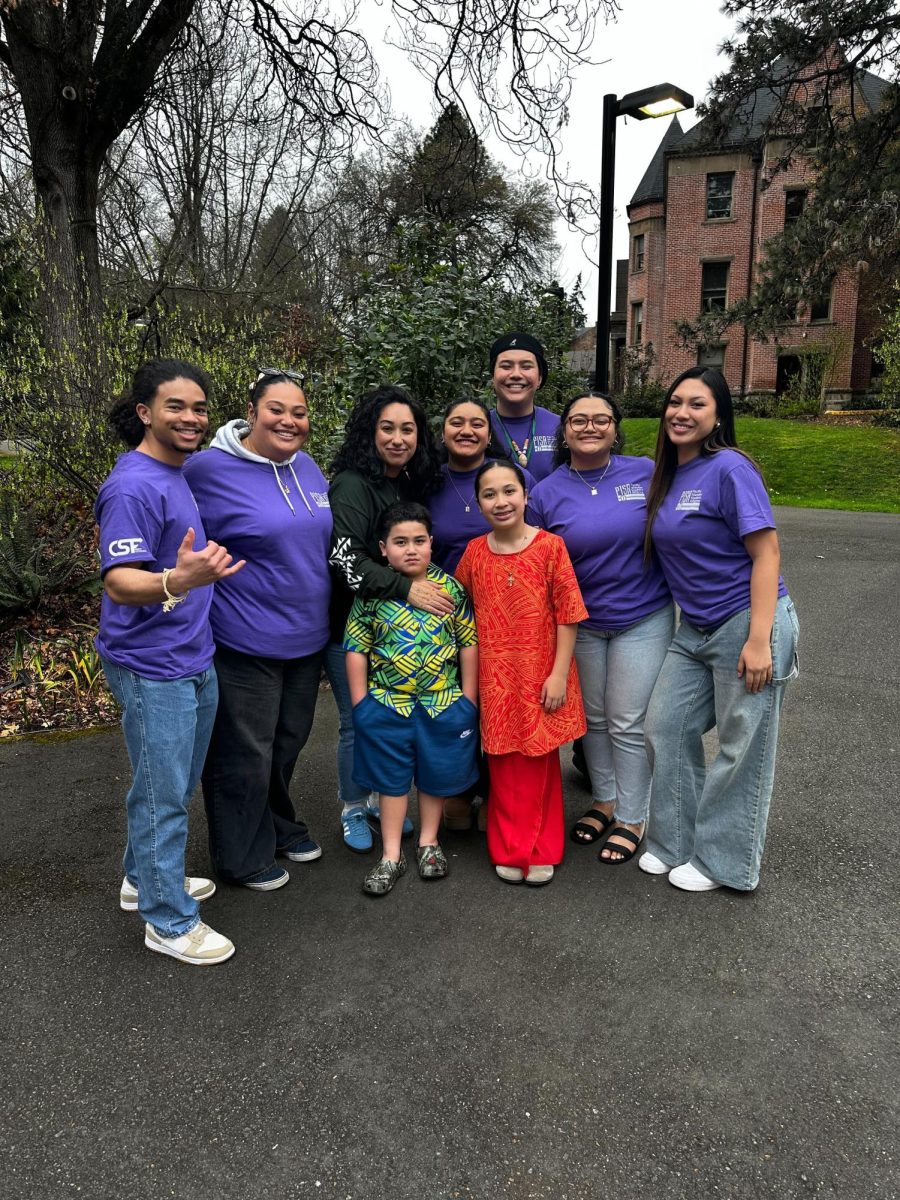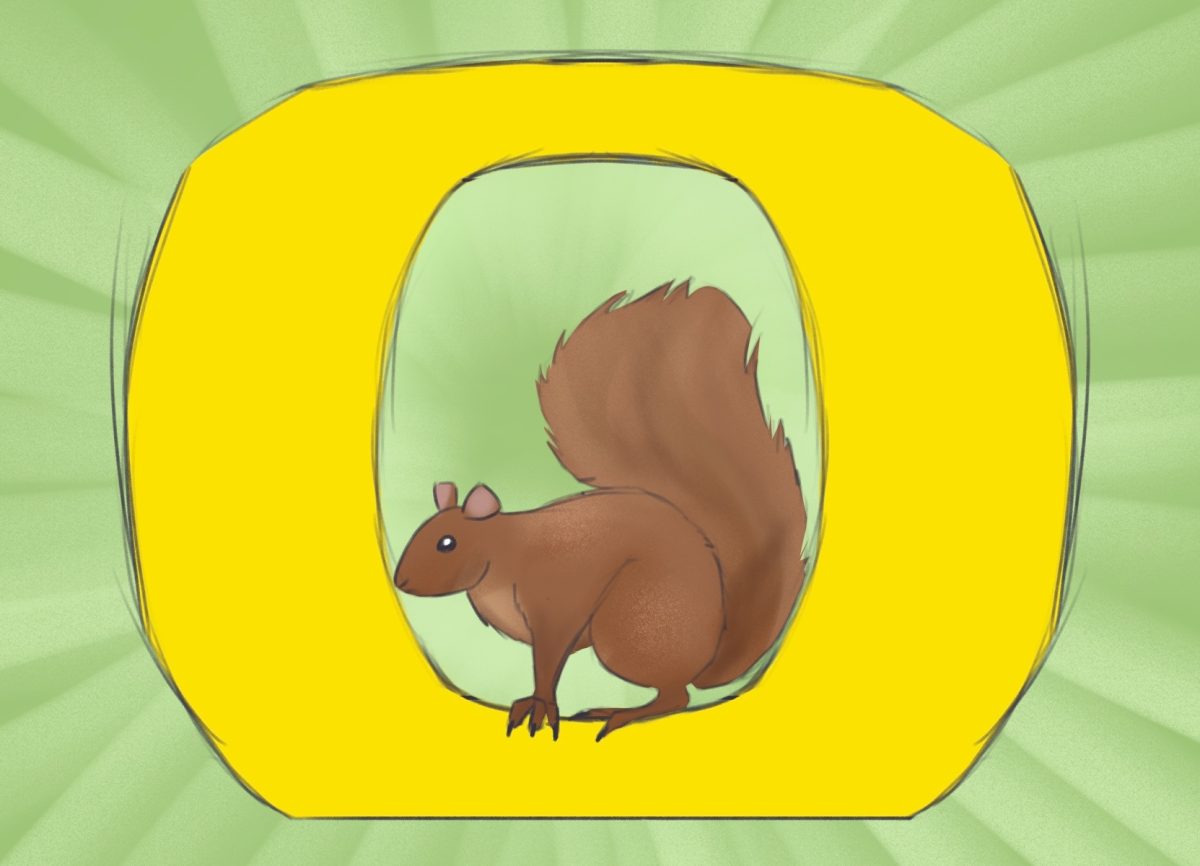The University of Oregon has a plethora of student organizations on campus, with over 300 groups sponsored by ASUO. These organizations are able to receive stipends from ASUO for events, supplies and payment for leadership. Next school year, ASUO will implement a new stipend model for student organizations that determines which organizations will receive ASUO funding.
The ASUO Tiered Organizational Stipend System, or TOSS, is a tier system to determine which organizations are eligible to receive stipends from ASUO. The model is split into four tiers, with the third and fourth tiers being the only ones to allot stipends to organizations.
According to the Guest Viewpoint, tiers one and two are for organizations with minor to moderate involvement with the greater student body. Organizations in the first two tiers are expected to hold two meetings a month and advertise their meetings and programs to the entire student body.
Tiers three and four are allotted stipends. Along with holding meetings and advertising to the student body, organizations in these tiers are expected to have three programs targeted and advertised to an audience beyond their club members.
ASUO expanded on the specifics of the TOSS model in a Daily Emerald Guest Viewpoint posted on Oct. 25.
The workgroup behind the TOSS model consists of ASUO president Isaiah Boyd, executive secretary of program administration Luda Isakharov, senate vice-president Ella Meloy and senator Maxwell Ely.
Ely said the old stipend model for student organizations was based on the amount of money a student organization had in their budget. “The stipends were not structured very well,” Ely said. “A lot of times the student leaders who were getting stipends were getting around $50 a month which isn’t really that helpful.”
The TOSS model increases the amount of money for stipended positions within the organization. Ely said one of the goals was to make the model more equitable for student organizations. Instead of basing stipends on how much a student organization had in the incidental fee — a student-paid fee that supports services and programs under ASUO — it would be based on the programing that student organizations do.
Ely said a student organization’s programming entails anything that benefits the greater student body outside of their membership. He said the word “programming” was chosen rather than “events” to accommodate all types of organizations. “We realized that wasn’t a great word because there are a lot of journals and publications on campus, and we didn’t want to hinder their growth,” Ely said.
Isakharov said the workgroup saw that student organizations that work at smaller capacities have fewer members and lower budgets, but can still have just as great of an impact as larger student organizations with huge budgets.
“We wanted to make a system that rewards contribution rather than spending,” Isakharov said.
Meloy is also the Programs Finance Committee chair; PFC meets with student organizations to discuss financial matters like their budgets and handles budget requests. “My role was to use historical PFC knowledge and bring that in to make sure we were not going to be essentially budgeting for more than we could handle,” she said.
Meloy said that included trying to predict the amount of organizations landing in tiers three and four while also making sure that the model aligned with ASUO senate and PFC processes.
The workgroup also hopes the implementation of the TOSS model will help ASUO’s communication with the student organizations it sponsors.
“A big thing that I’ve noticed is a big disconnect between ASUO and our student orgs,” Boyd said. He said student organizations are the heart of ASUO and act as a direct connection with the student body.
Boyd said the lack of ASUO oversight on student organizations was alarming, and one of the functions of the TOSS model is to increase ASUO oversight on student organizations.
When the TOSS model goes into effect next school year, Boyd said ASUO has changes in mind to boost its outreach with student organizations. Boyd said ASUO will focus on direct engagement with student organizations by sending officers into student organization spaces to get a better understanding of what the group is doing.
“We’re hoping to help and give a little useful nudge for student orgs to pursue resources that we provide that can help them be more successful,” Boyd said.
The workgroup has already been communicating with student organizations about the implementation of the new model. Isakharov said student organizations have begun self-assigning themselves a tier in preparation for next school year and are working with PFC to make sure their assignments are correct.
Smaller organizations, like graduate organizations, have expressed some concern over the model, Boyd said. “That’s primarily because grad schools have smaller cohorts. There is a bit of difficulty in terms of outreach and coordination beyond those cohorts,” Boyd said. “Our goal is to help them and try to amplify engagement with them though nonetheless.”
Boyd said the workgroup has received a lot of great feedback from the student body. “I think a few have expressed appreciation or ‘thank you for the clarity,’” he said. He also said the workgroup hopes the model will make the process of starting a student organization less daunting.
“This hopefully provided a lot of clarity, and, from the initial feedback we’ve gotten, a lot of students have expressed that,” Boyd said.




